LYNNE MAPP DREXLER (1928-1999)
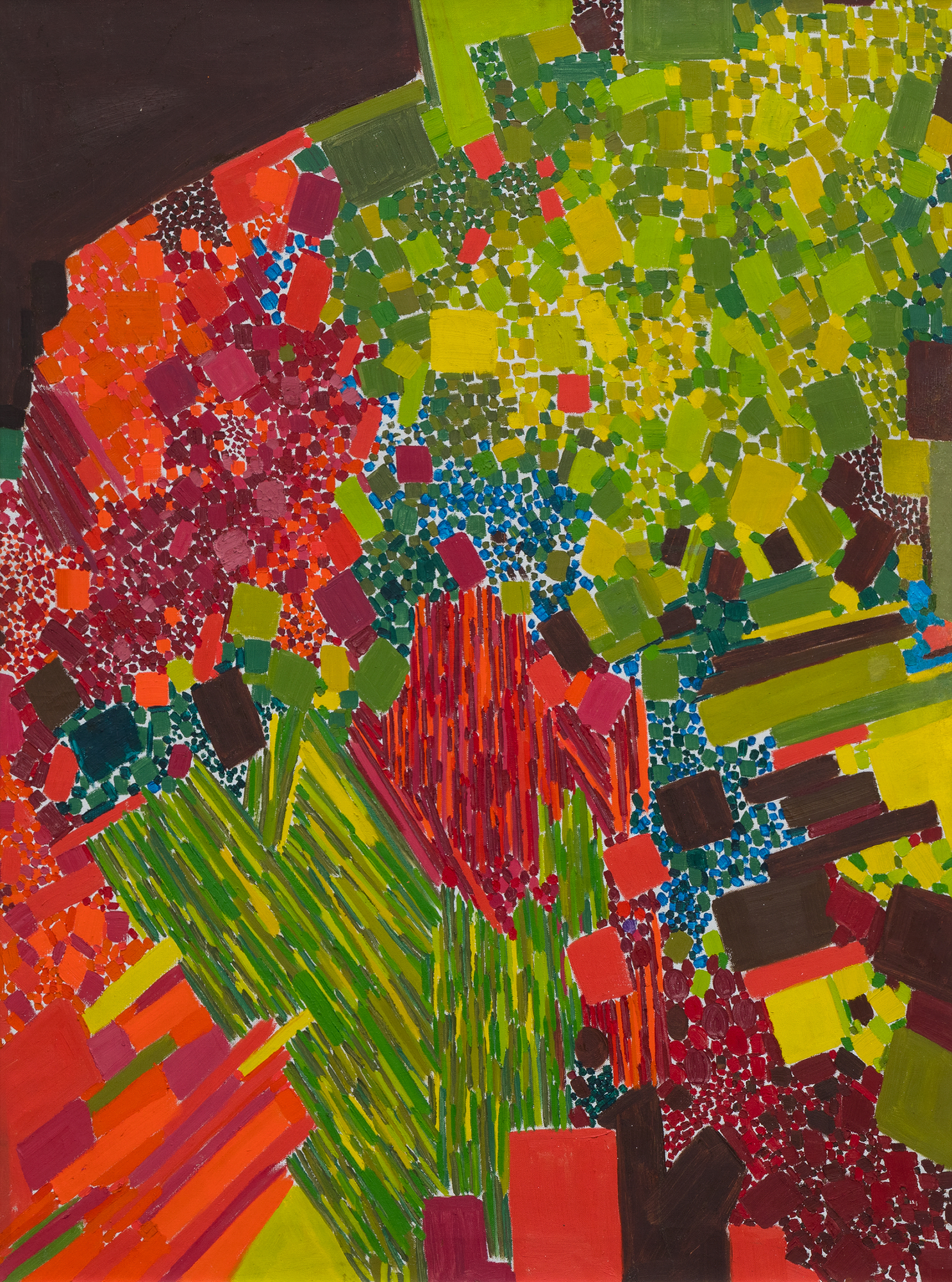
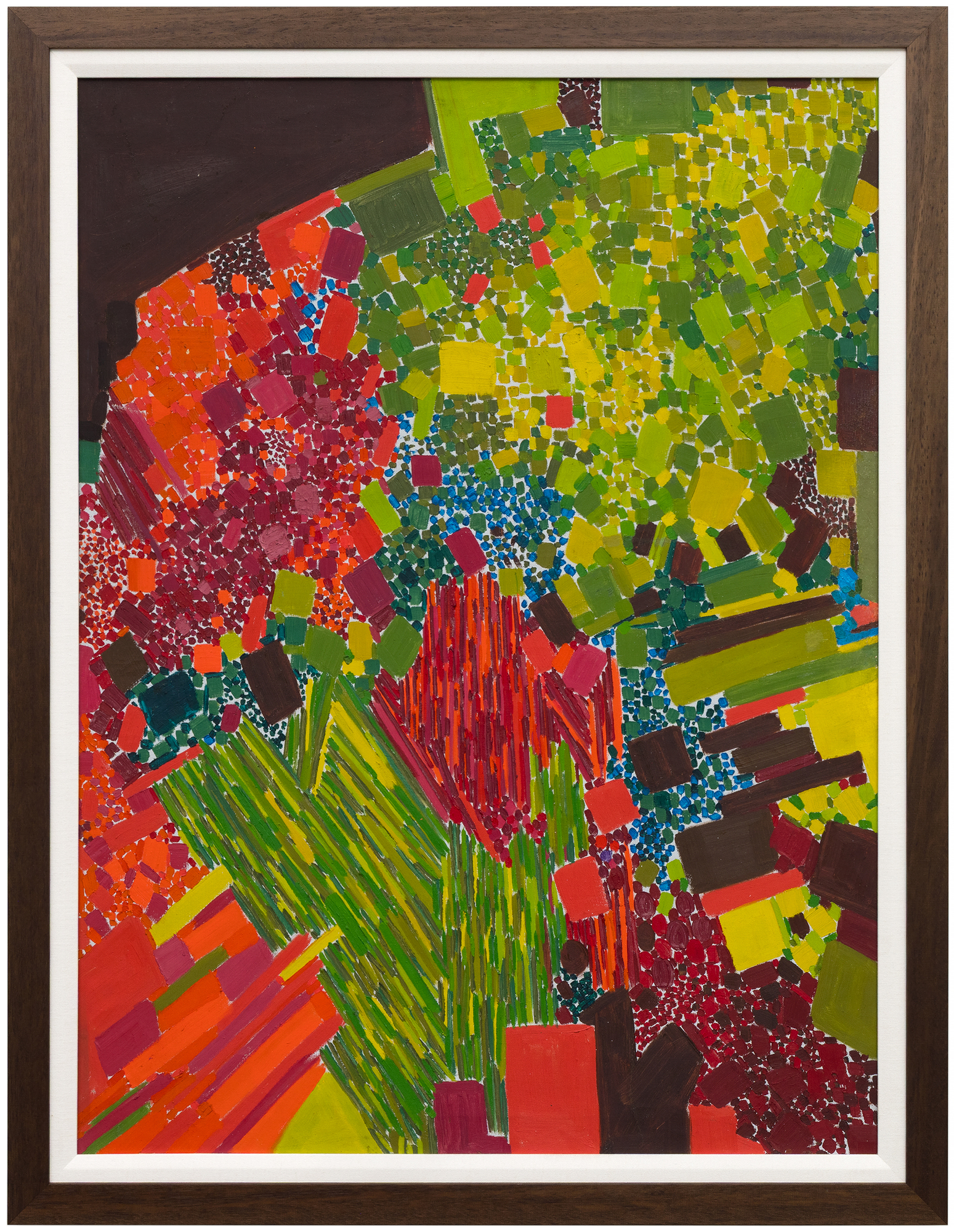
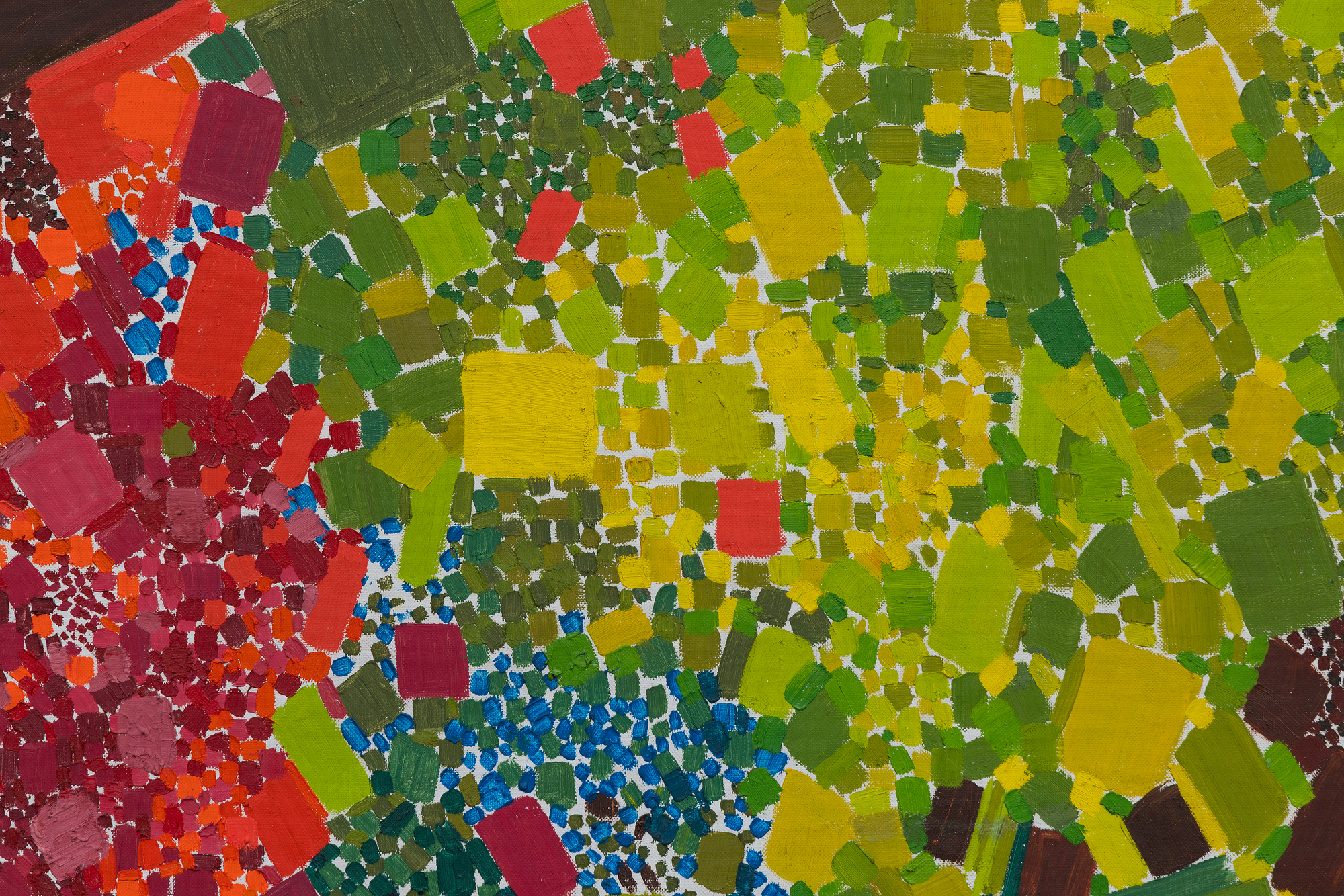
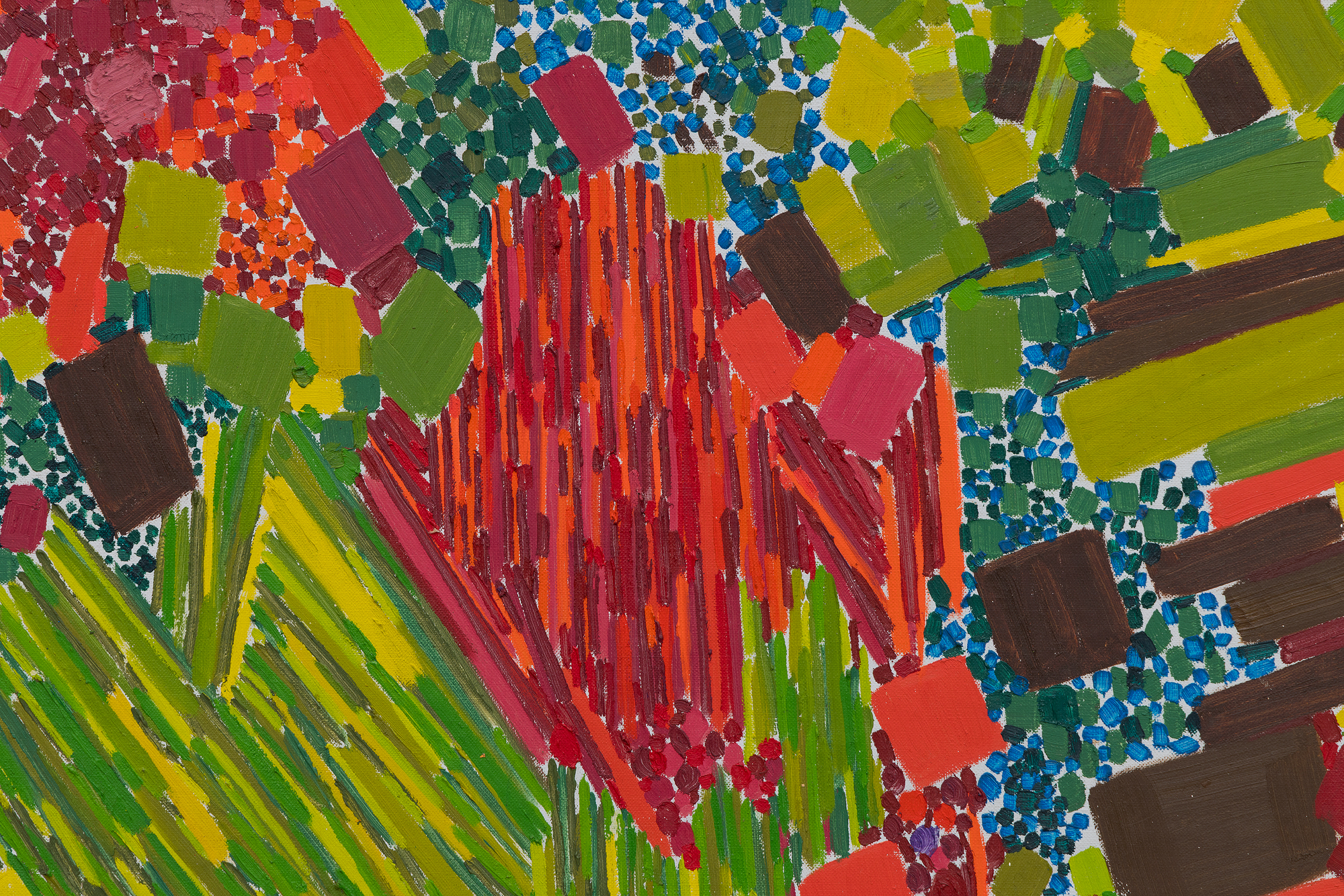
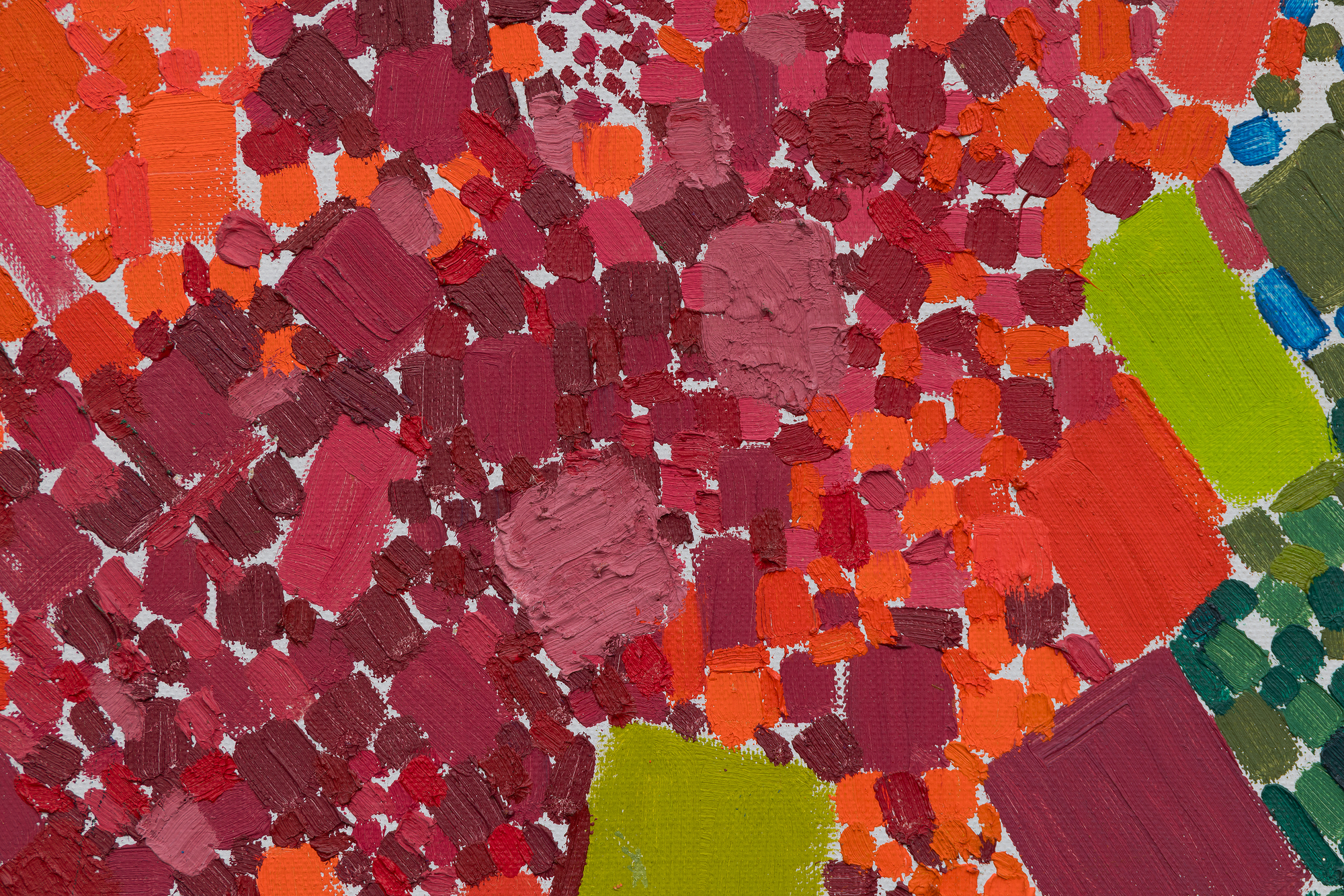
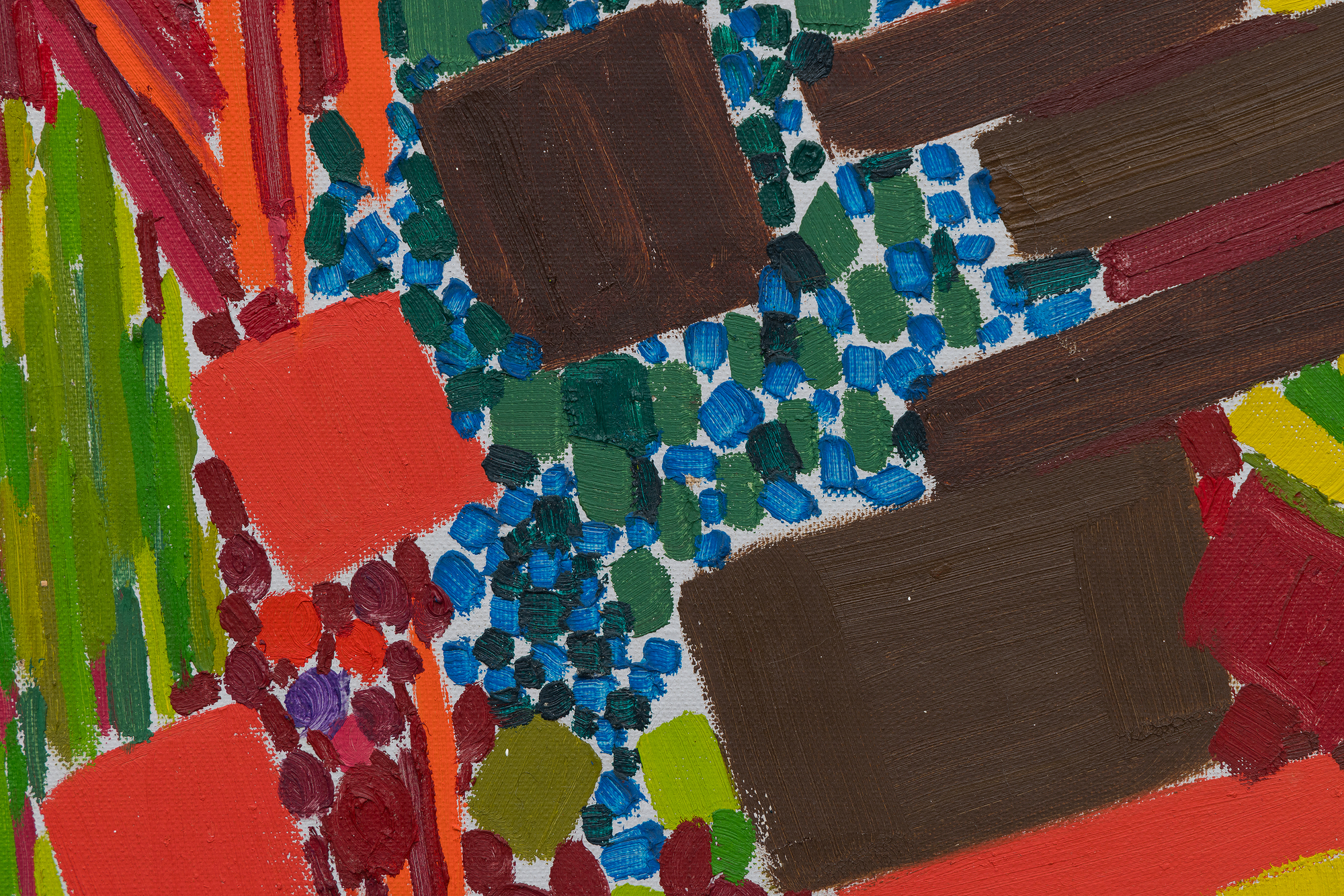
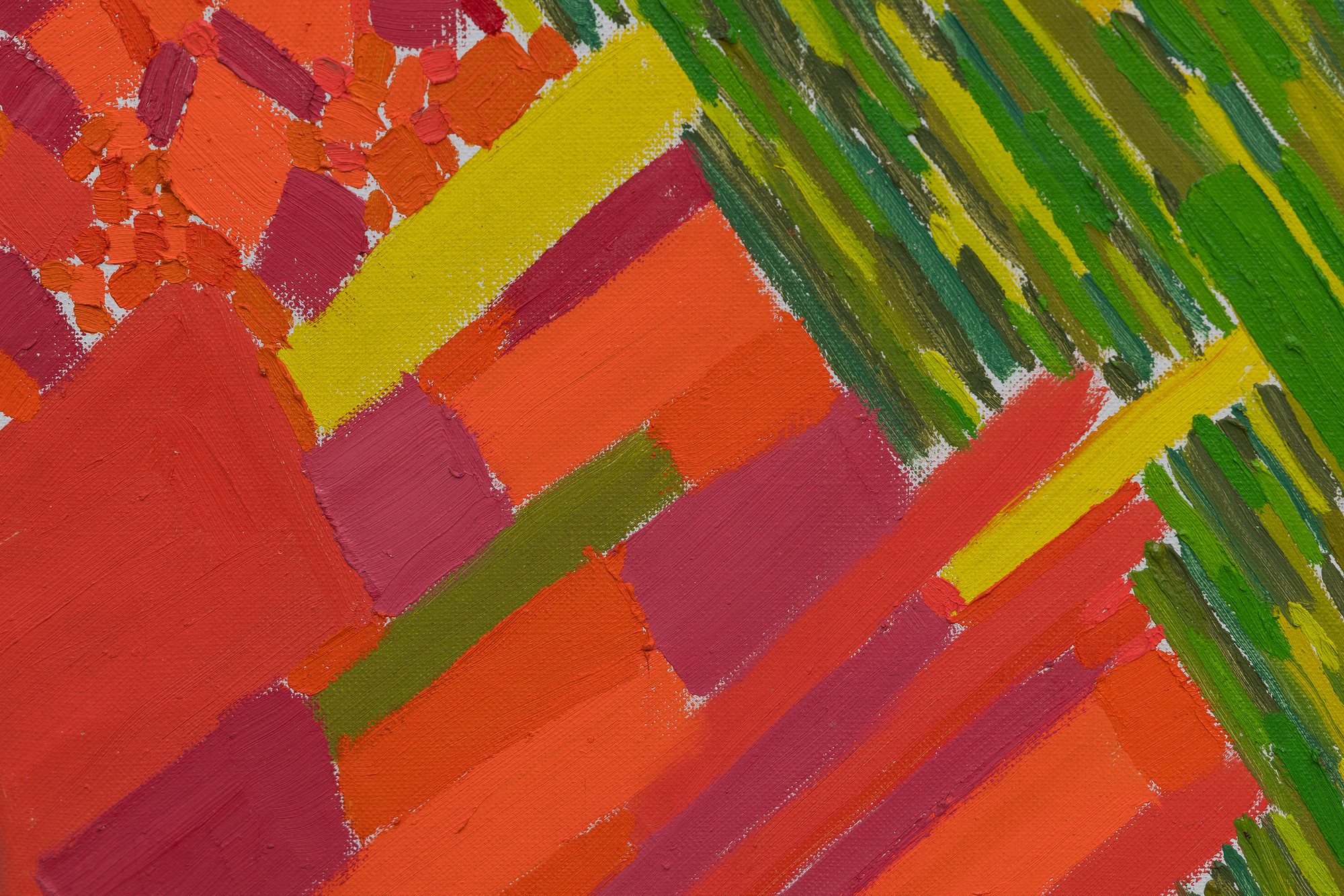
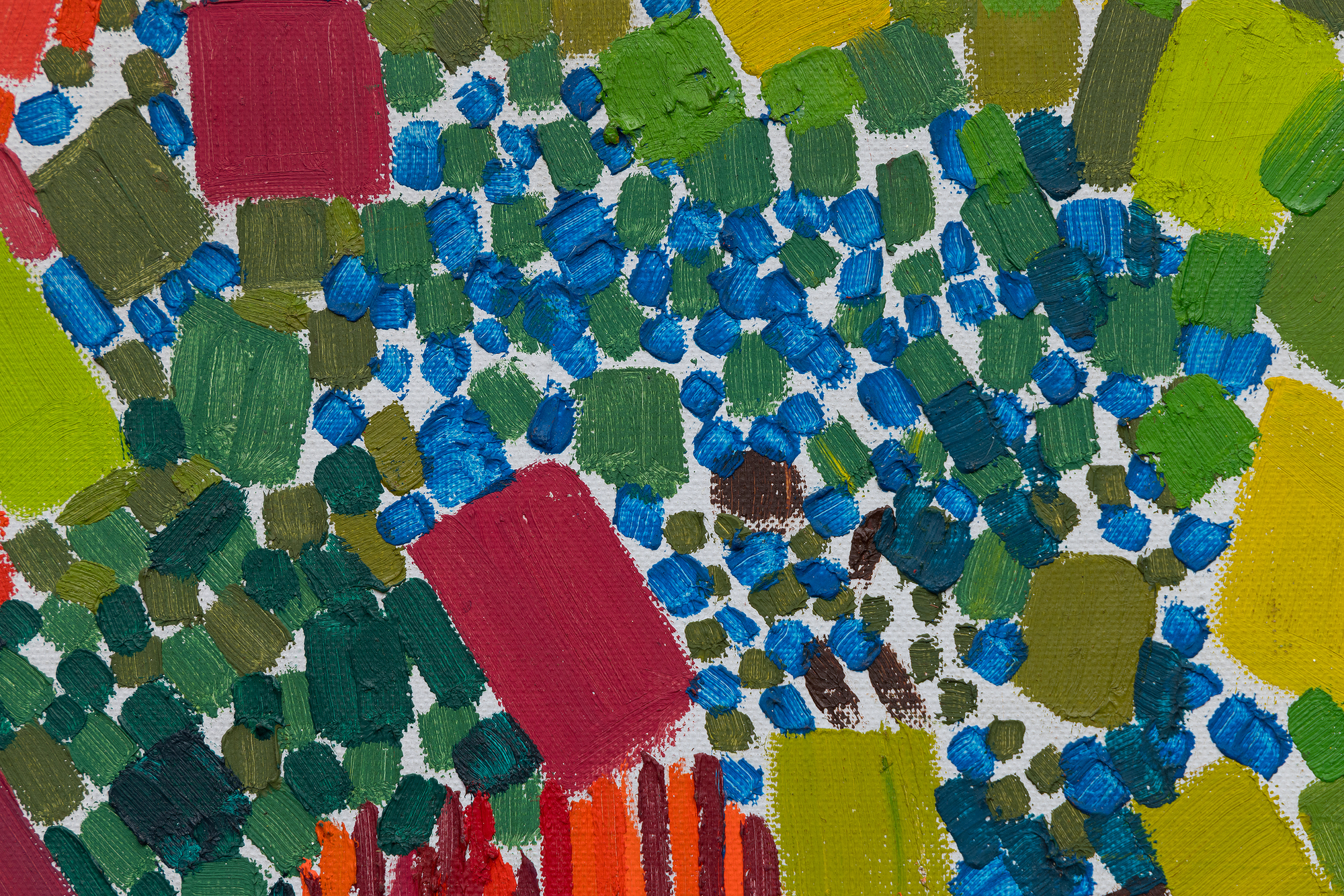
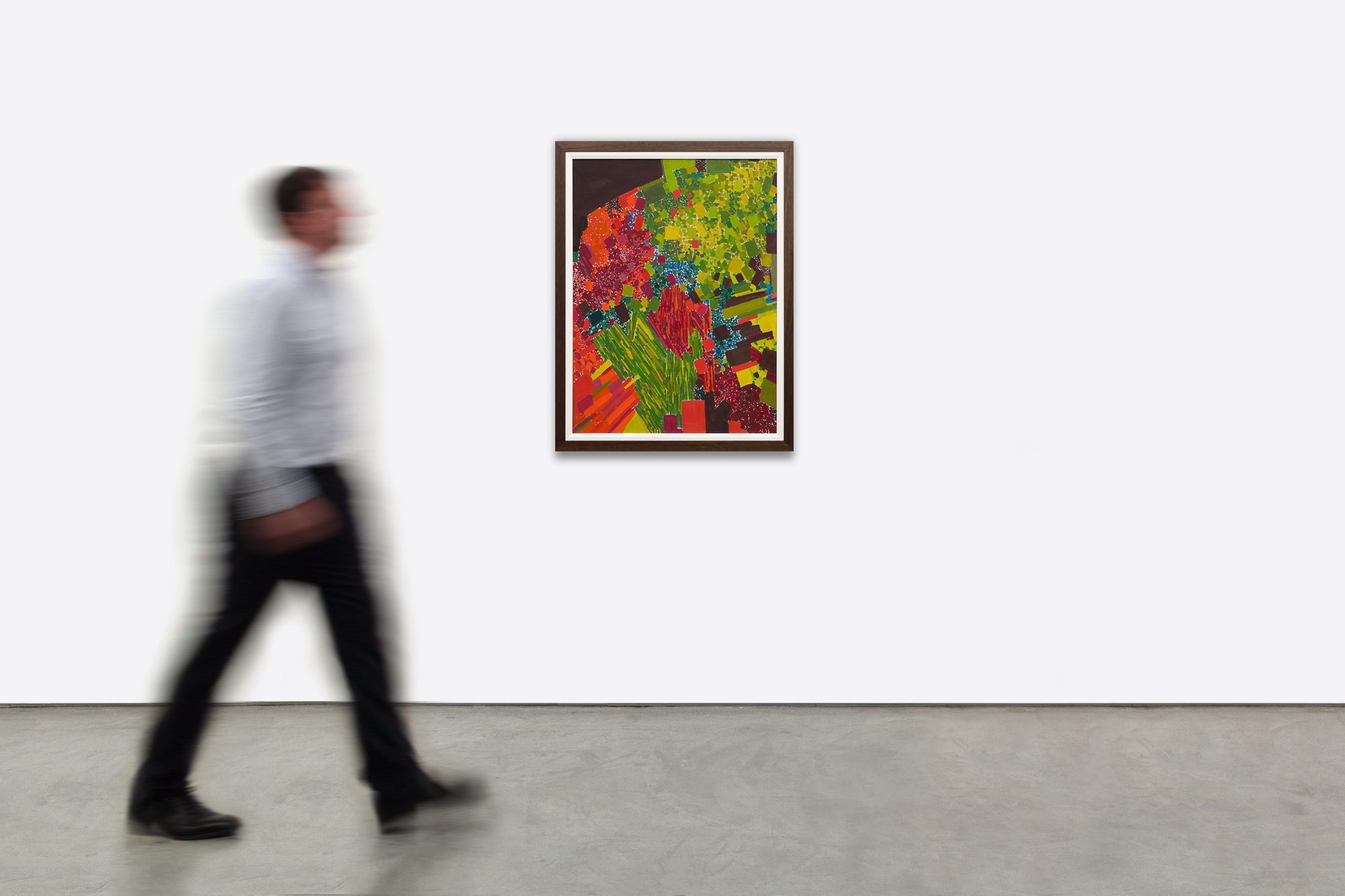
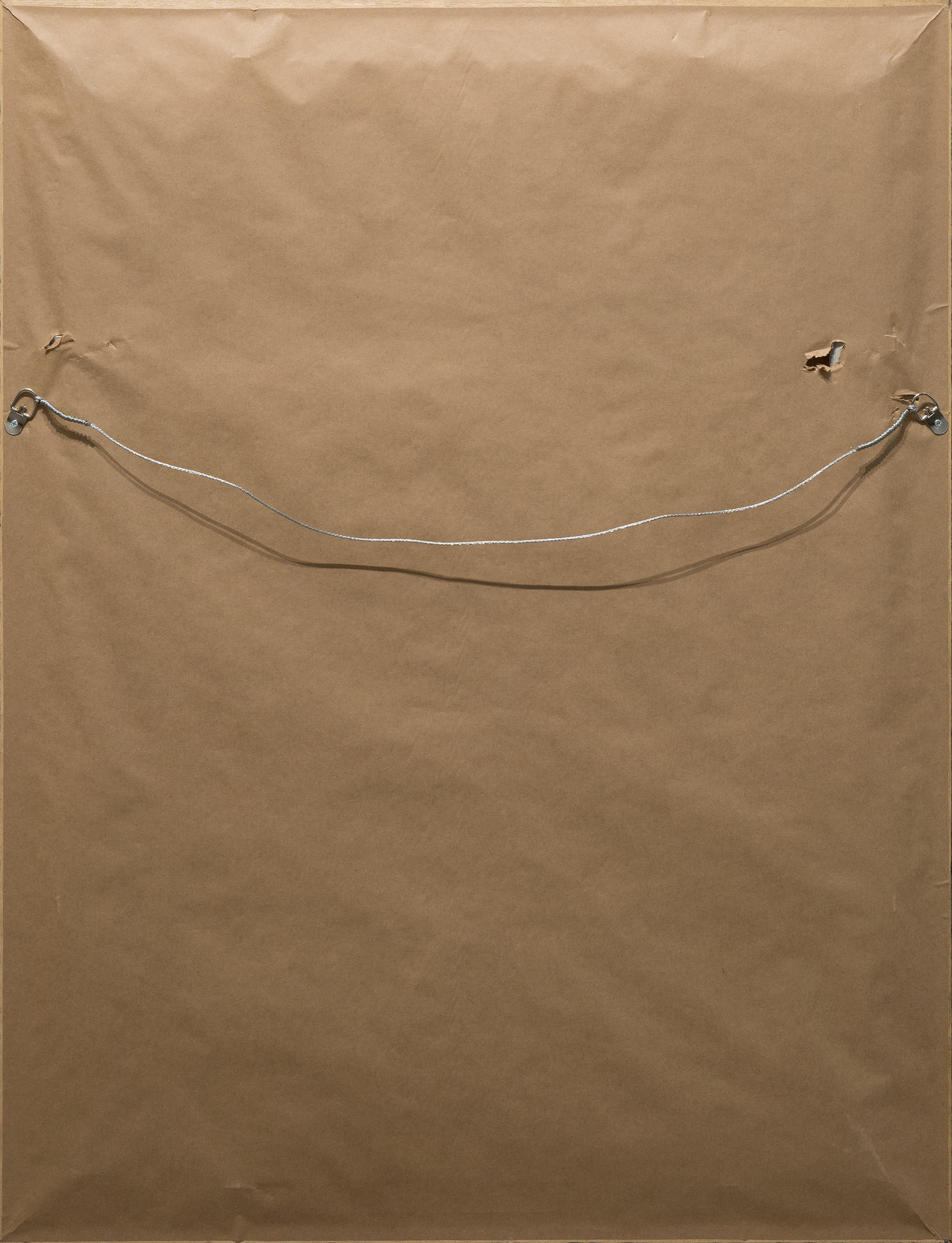
Provenance
Galerie Lupine, Monhegan, MaineCollection privée, acquise auprès de la personne susmentionnée
Phillips New York, mercredi 15 novembre 2023, lot 106
Collection privée, acquise auprès de l'auteur
Prix375,000
Dans cette œuvre, la couleur prime sur la forme, Drexler utilisant l'intensité chromatique pour créer un rythme et une structure. Sa technique fait écho à l'influente théorie "push-pull" de Hans Hofmann, dans laquelle les relations entre les couleurs génèrent une profondeur et une tension spatiales sans s'appuyer sur la perspective traditionnelle. Parallèlement, la vigueur gestuelle et la qualité improvisée du travail au pinceau reflètent l'influence de son professeur Robert Motherwell, qui encourageait la liberté d'expression et l'immédiateté émotionnelle.
"Sporadic Spring" capture la synthèse de la discipline et de la spontanéité de Drexler, révélant comment elle a forgé une voix distincte au sein de l'école de New York tout en anticipant l'abstraction lyrique qui définira son style à l'âge adulte.


